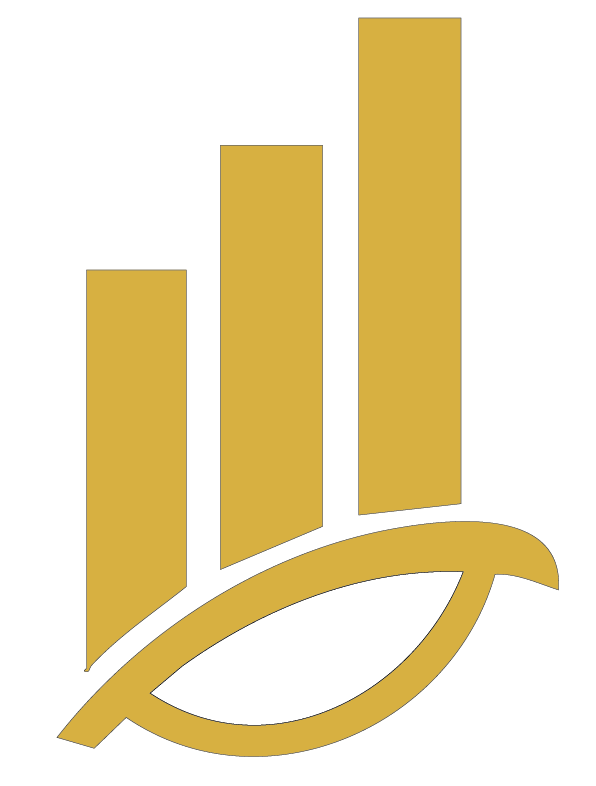Wet Shaving is one of the most precise stages in Iran’s leather industry, performed after tanning and sammying, with the purpose of final thickness adjustment and achieving complete uniformity across the entire leather surface. This process involves removing very thin layers from the flesh side of the hide to ensure that the final thickness exactly matches the standards required for the target product.
At this stage, hides that are still moist and flexible are passed through the shaving machine. This machine is equipped with a rotating cylinder fitted with extremely sharp, adjustable blades that move at high speed, carefully trimming off thin layers of leather. Unlike the splitting process, which divides the hide into two separate layers, shaving works only on a single layer, refining its thickness with great precision.
The importance of this stage is particularly evident in the production of items such as luxury handbags and shoes, high-end leather garments, furniture upholstery, and automotive interiors. Non-uniform thickness can result in uneven dye absorption, visual imperfections, or poor performance of the final product. Wet shaving, by creating complete uniformity, not only enhances the visual quality but also improves the behavior of leather during finishing operations such as dyeing, embossing, and final coating.
The amount of material shaved off depends on the type of leather (cow, goat, sheep, or buffalo), the intended application, and the condition of the hide after tanning. Proper execution of this step ensures more accurate dyeing, better adhesion of finishing agents, and greater consistency in the final product. Additionally, the extremely fine shavings produced during this process are not discarded. In many Iranian production units, they are reused for the manufacture of recycled or bonded leather, representing a sustainable and economical approach to raw material utilization.
Key characteristics of the wet shaving process in Iran’s leather industry:
- Precise thickness adjustment of leather after tanning and sammying
- Use of high-speed rotating cylinders with adjustable blades for uniform trimming
- Improved quality of dyeing, embossing, and final finishing
- Enhancement of surface softness and visual appeal of leather
- Reuse of shaving residues for bonded leather production, reducing material waste


No comments yet.